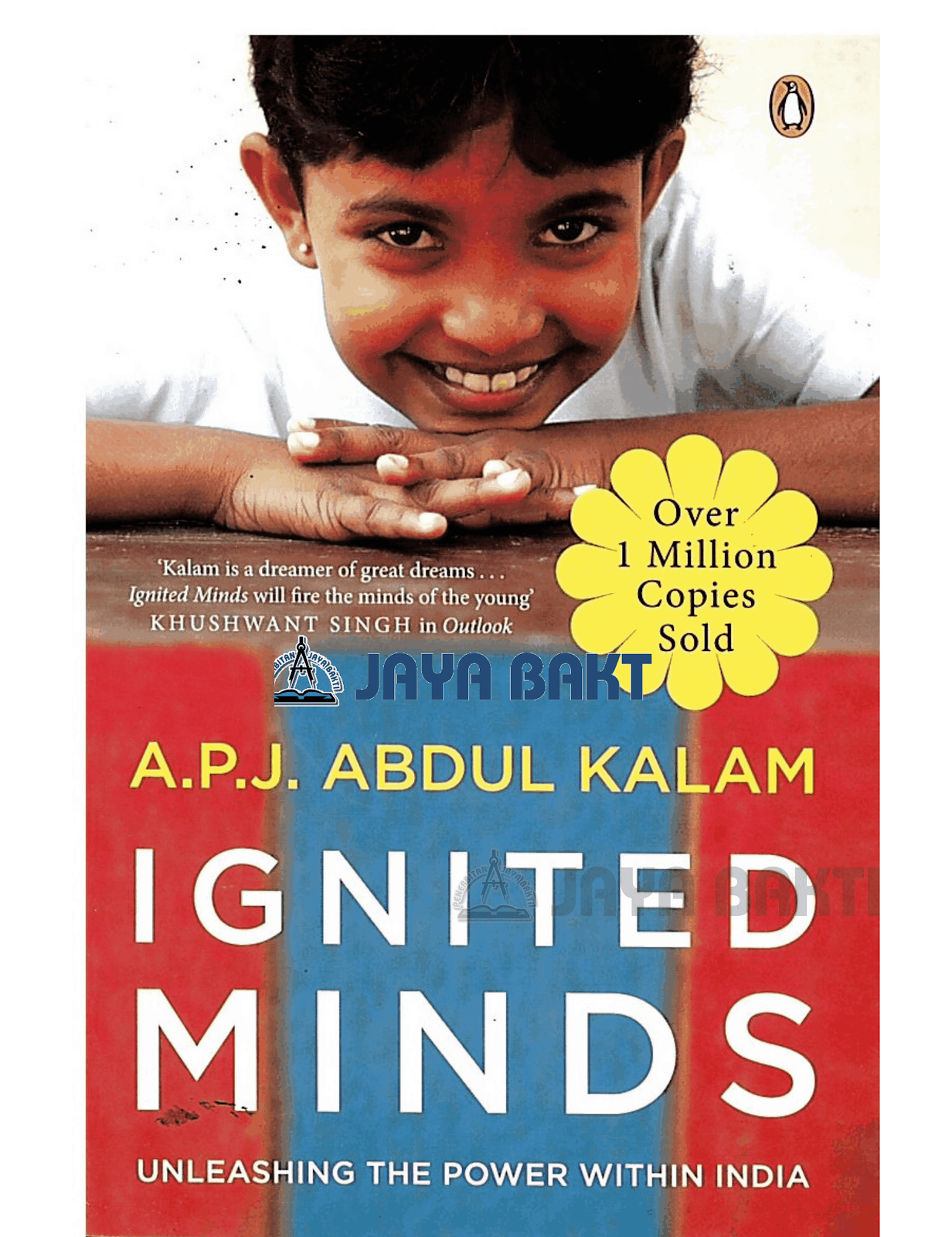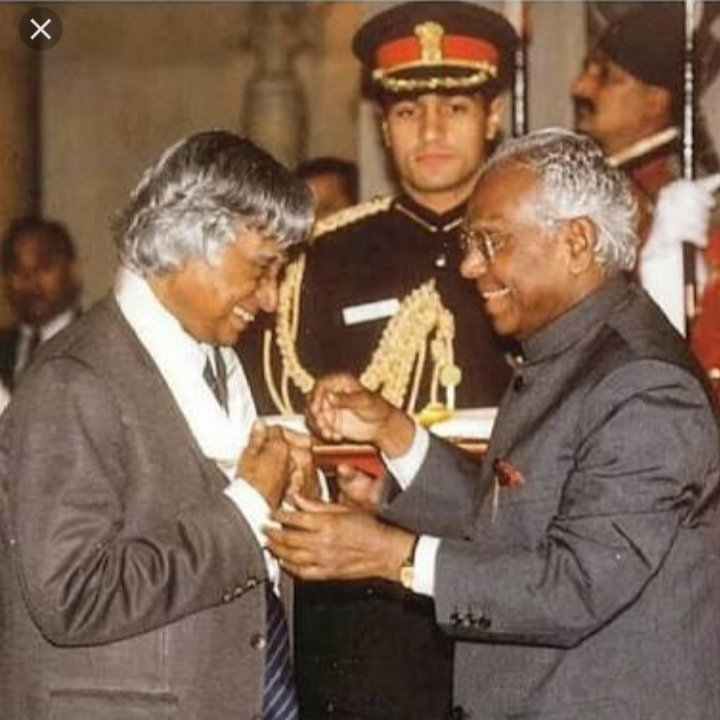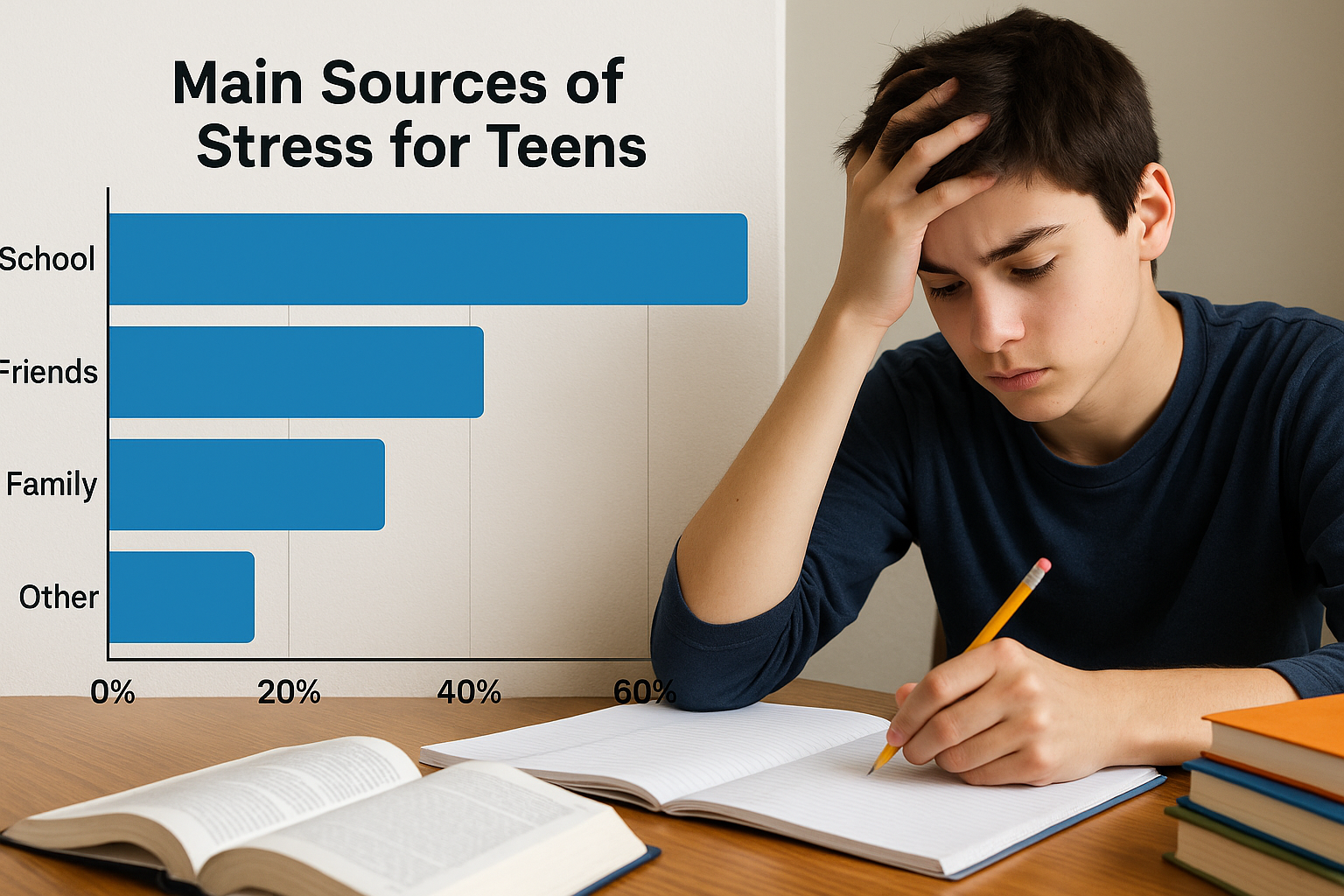🌟 Dr. A.P.J. Abdul Kalam: The Missile Man Who Taught Us to Dream Big🌟
Date of Birth: October 15, 1931
Died: July 27, 2015
🚀 Early Life and Education of Dr. A.P.J. Abdul Kalam
Dr. A.P.J. Abdul Kalam was born on October 15, 1931, in the small coastal town of Rameswaram, in the state of Tamil Nadu, India. He came from a humble background — his father, Jainulabdeen, was a boat owner and imam of a local mosque, while his mother, Ashiamma, was a homemaker. Despite their modest income, Kalam grew up in a household rich in values, discipline, and a strong sense of spirituality.
As a young boy, Kalam was curious, hardworking, and deeply passionate about learning. To support his family financially, he delivered newspapers at dawn — but even during those early hours, he carried his textbooks with him. His dedication to education never wavered.
He completed his schooling at Schwartz Higher Secondary School in Ramanathapuram, showing exceptional interest in mathematics and science. Later, he studied physics at St. Joseph's College, Tiruchirapalli, and then pursued aerospace engineering at the prestigious Madras Institute of Technology (MIT).
It was during his time at MIT that Kalam’s dream of becoming a fighter pilot began to take shape. Although he narrowly missed joining the Indian Air Force, he turned this setback into a stepping stone toward a legendary scientific career. His education laid the foundation for his future contributions to ISRO, DRDO, and India’s missile development programs.
🧠 Fun Fact: Dr. Kalam once described how his teachers at MIT inspired him to take up bigger responsibilities and think beyond textbooks — a mindset he carried throughout his life.
🔬 Scientific Achievements of Dr. A.P.J. Abdul Kalam
Dr. A.P.J. Abdul Kalam is famously known as the “Missile Man of India” due to his pivotal role in developing India’s missile and nuclear weapons programs. After graduating from the Madras Institute of Technology, Kalam joined the Defense Research and Development Organization (DRDO), and later moved to the Indian Space Research Organization (ISRO), where he made remarkable contributions to India’s space and defense technology.
One of his early major successes was leading the Satellite Launch Vehicle-III (SLV-III) mission in 1980, which successfully deployed the Rohini satellite into orbit, marking India’s entry into space technology. This achievement positioned India among the select group of nations with satellite launching capability.
Later, Kalam spearheaded several critical missile development projects such as:
-
Agni missile – India’s first long-range ballistic missile.
-
Prithvi missile – Tactical surface-to-surface missile.
-
Akash missile – Medium-range mobile missile system.
-
Nag missile – Anti-tank guided missile.
His leadership and scientific expertise played a key role in the Pokhran-II nuclear tests in 1998, which established India as a nuclear power. These tests demonstrated India’s strategic defense capabilities and enhanced the country’s position on the global stage.
Kalam’s work not only advanced India’s defense technology but also inspired a generation of scientists and engineers to dream big and contribute to national development.
🧪 Fun Fact: Despite his high-profile career, Dr. Kalam remained deeply humble, often crediting his team and encouraging young scientists to innovate fearlessly.
🇮🇳 Presidency and Public Life of Dr. A.P.J. Abdul Kalam
Dr. A.P.J. Abdul Kalam served as the 11th President of India from 2002 to 2007, earning the affectionate title “People’s President.” His presidency was marked not by political power but by his genuine connection with the people, especially the youth of India.
Unlike typical politicians, Kalam was known for his humility, simplicity, and accessibility. He traveled extensively across the country, meeting thousands of students, teachers, and scientists. Through his speeches and interactions, he inspired millions to pursue education, innovation, and nation-building.
During his tenure, he championed the cause of scientific temper and innovation, encouraging young minds to dream big and contribute to India’s progress. His famous motto was to build an “India 2020”, a vision for a developed, self-reliant India powered by science and technology.
Beyond his role as president, Kalam continued to write books, give lectures, and support educational initiatives. He remained a beloved figure who symbolized hope, knowledge, and patriotism until his passing in 2015.
💬 Quote from Dr. Kalam:
“The best brains of the nation may be found on the last benches of the classroom.”
This reflected his unwavering belief in the potential of every student.
📚 Books That Inspire: Dr. A.P.J. Abdul Kalam’s Literary Legacy
Dr. A.P.J. Abdul Kalam was not only a brilliant scientist and leader but also a prolific writer whose books continue to inspire millions, especially young people aspiring to make a difference in the world.
Wings of Fire
This is Kalam’s autobiography, where he narrates his journey from a small town in Tamil Nadu to becoming a key figure in India’s space and missile programs. Wings of Fire offers a rare glimpse into his struggles, perseverance, and the values that shaped his life. It remains a must-read for anyone seeking motivation and insight into India’s scientific progress.
Ignited Minds
In Ignited Minds, Kalam focuses on the power of dreams and the potential of Indian youth. He urges young people to think creatively, overcome challenges, and contribute to the nation’s growth. The book is filled with inspiring stories and practical advice, making it a beacon of hope for students across India.
India 2020
India 2020 is Kalam’s visionary blueprint for transforming India into a developed nation by the year 2020. Co-authored with Dr. Y.S. Rajan, this book discusses the role of science, technology, agriculture, and education in driving India’s progress. It is a call to action for policymakers, entrepreneurs, and citizens alike to work together for a better future.
Other Notable Works
Dr. Kalam also wrote The Life Tree, My Journey, and Turning Points, each reflecting his thoughts on leadership, innovation, and the spirit of India.
📖 Why Read These Books?
Dr. Kalam’s writings inspire readers to dream big, believe in themselves, and work tirelessly for their goals. His words continue to ignite the minds of millions worldwide.
👨🎓 Dr. A.P.J. Abdul Kalam and His Inspiration to the Youth of India
Dr. A.P.J. Abdul Kalam’s deep connection with young people is one of the most celebrated aspects of his legacy. He believed that the youth of India were the nation’s greatest asset and that empowering them was key to India’s progress.
Throughout his life, Kalam tirelessly engaged with students, educators, and young professionals. He often said:
“Dream, dream, dream. Dreams transform into thoughts and thoughts result in action.”
This quote reflects his core philosophy: that imagination and hard work can change the world. Kalam encouraged students to be curious, innovate fearlessly, and work with passion and integrity. His speeches were filled with practical advice on overcoming obstacles, setting goals, and contributing positively to society.
Kalam’s vision for India was rooted in education and technology. He advocated for improving science education, creating more research opportunities, and fostering an entrepreneurial spirit among youth. His efforts helped ignite a wave of scientific curiosity and patriotism across Indian campuses.
Even after his presidency, Kalam continued to visit schools, colleges, and universities nationwide, inspiring countless young minds to pursue careers in science, technology, and public service.
🌟 Legacy Among Youth
Dr. Kalam is affectionately called the “People’s President” and the “Missile Man”, but to millions of young Indians, he remains the ultimate role model who showed that humble beginnings can lead to extraordinary achievements.
🕯️ The Last Moments of Dr. A.P.J. Abdul Kalam: A Life Dedicated to Teaching
Dr. A.P.J. Abdul Kalam’s dedication to education and inspiring youth remained unwavering until his final moments. On July 27, 2015, while delivering a lecture at the Indian Institute of Management Shillong (IIM Shillong), Kalam suddenly collapsed and passed away peacefully.
Even in his last moments, he was doing what he loved most—sharing knowledge and motivating young minds to dream big and work hard. His death was mourned across India and around the world, as people remembered a leader who truly embodied humility, vision, and service.
Kalam’s passing marked the end of an era, but his legacy continues to inspire millions to pursue education, innovation, and nation-building.
🕯️ Remembering Kalam: His life teaches us that true greatness lies in serving others and inspiring future generations.
🏆 Awards and Achievements: Honoring the Legacy of Dr. A.P.J. Abdul Kalam
Dr. A.P.J. Abdul Kalam’s extraordinary contributions to science, technology, education, and national service earned him some of the highest honors in India and recognition around the world. His life was a shining example of dedication, innovation, and humility.
🇮🇳 Major Civilian Awards
-
Bharat Ratna (1997): India’s highest civilian award, given for his outstanding contributions to science and for his leadership in strengthening national defense through technological advancement.
-
Padma Vibhushan (1990): India’s second-highest civilian honor, awarded for his service in the field of science and engineering.
-
Padma Bhushan (1981): The third-highest civilian award, recognizing his distinguished service to the nation.
🧪 Scientific and Academic Recognition
-
Honored by the Indian Space Research Organisation (ISRO) and Defence Research and Development Organisation (DRDO) for his work on India’s missile and satellite programs.
-
Played a critical role in India’s nuclear tests at Pokhran in 1998, boosting the country's strategic defense capabilities.
🎓 International Honors and Degrees
-
Received honorary doctorates from over 40 universities worldwide, recognizing his contributions to science, technology, and education.
-
Named as an honorary professor and fellow by many prestigious academic and space institutions globally.
🏫 Posthumous Recognition
-
Numerous schools, universities, research centers, scholarships, and awards have been named after Dr. Kalam to honor his lasting impact.
-
His birthday, October 15, is celebrated as World Students’ Day in recognition of his love for teaching and his bond with the youth.
🏅 A True Hero of the Nation
Dr. Kalam’s achievements are not just milestones but symbols of what dedication, knowledge, and a service-driven mindset can accomplish.
💡 Conclusion: The Enduring Legacy of Dr. A.P.J. Abdul Kalam
Dr. A.P.J. Abdul Kalam’s life story is a powerful reminder that true success is not determined by wealth or privilege but by courage, determination, and a passion to serve others. From his humble beginnings in Rameswaram to becoming India’s Missile Man and beloved People’s President, Kalam’s journey inspires millions worldwide.
His unwavering commitment to education, innovation, and youth empowerment helped shape modern India’s scientific landscape. Kalam’s vision of an “India 2020” continues to inspire policymakers, scientists, and citizens to work toward a developed and prosperous nation.
Most importantly, Dr. Kalam taught us the value of dreaming big and turning those dreams into reality through hard work and integrity. His words still echo in classrooms and boardrooms, motivating people to pursue excellence and contribute meaningfully to society.
If Dr. Kalam’s story has inspired you, please share your thoughts in the comments below. Don’t forget to follow this blog for more inspiring stories about remarkable individuals who have shaped our world.
🔔 Stay connected! Share this post with friends and family to spread the inspiration and keep Dr. Kalam’s legacy alive.
Thank you for reading. 👀
Professor (Dr.) P. M. Malek
malekparveen_786@yahoo.com
.jpg)

.jpg)
.jpg)
.jpg)












.jpg)










.png)